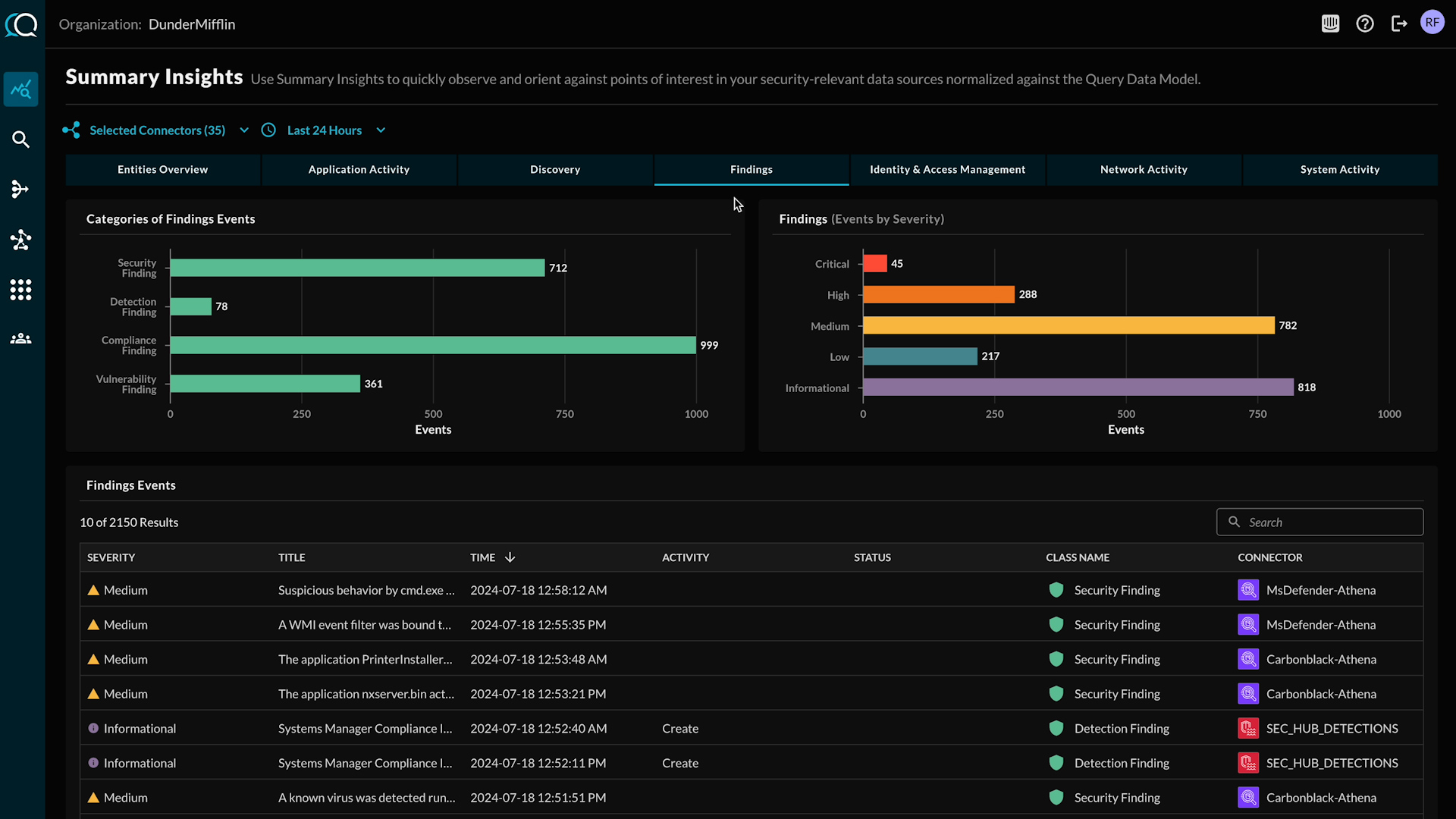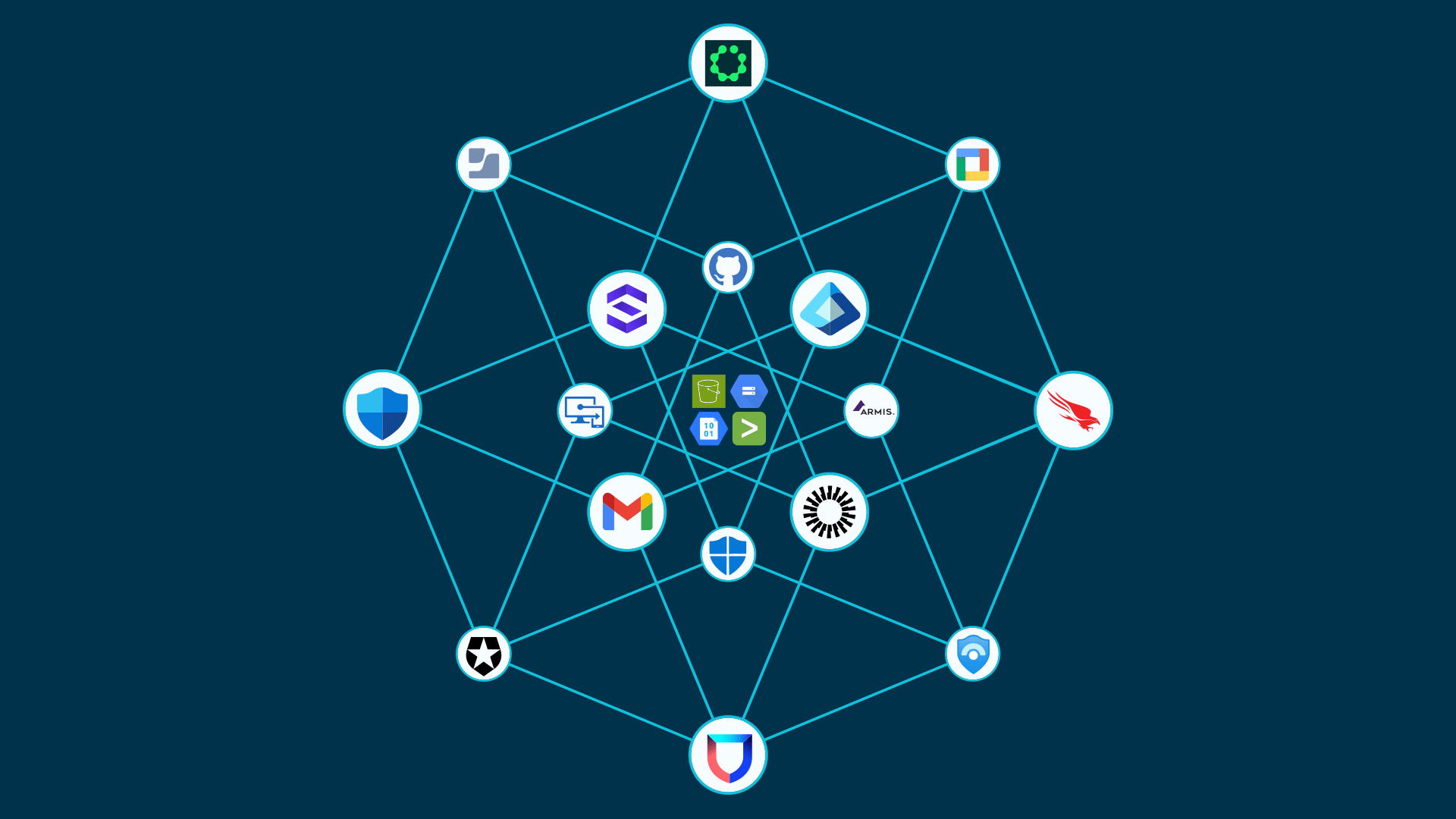USE CASE
Migrate Your SIEM Without
Breaking Your SOC
Keep your SecOps workflows running while shifting to modern, cost-efficient security data operations.
The Reality of SIEM Migration Projects
Migrating a SIEM isn’t a simple tool swap. It’s a high-stakes project with major cost, operational, and architecture implications. Security teams pursue SIEM migration projects for a variety of reasons: to reduce costs, store more history, avoid vendor lock-in, and to improve speed, scalability & access to critical context. Getting from here to there without breaking your SecOps workflows is harder than it looks.
Why teams migrate SIEMs
- Escalating licensing, ingest, and storage costs
- Seeking improved analytics, detection, and automation functionality
- Need native support for cloud & hybrid tech stacks
- Evolving compliance and data retention requirements
What’s hard about it
- Re-ingesting months or years of historical data into the new SIEM
- Custom parsing and field mappings that must be rebuilt from scratch
- Analysts losing context when old and new data live in separate systems
- Running two SIEMs in parallel, doubling ingestion costs and complexity
If done right, you could
- Migrate without interrupting investigations
- Keep all historical data accessible, without paying to store it twice
- Reduce ingestion volume (and cost) during the cutover
- Avoid re-building every parser and data pipeline
- Achieve a better overall return on investment from your SIEM
How Query Makes SIEM Migrations Easier
Most SIEM migrations follow a centralization mindset: move everything from one high-cost platform into another. Query enables a different approach through federation. Instead of forcing all data into a single location, federation lets you store and query each dataset from the most fit-for-purpose location.
- Hot telemetry for detection engineering can stay in your SIEM.
- Historical logs & data can move to cloud object storage or a data lake.
- Contextual, vulnerability, and OSINT data can remain at the source.
Query turns it all into a security data mesh so analysts can search and work across all sources.
How SIEM Migration with Query Works
Connect to your existing data sources
SIEM(s), EDR, cloud logs, network telemetry, vulnerability scanners, OSINT, threat intel, and more.
Use Query Security Data Pipelines
Move high-volume or costly sources directly to cost-optimized cloud object storage or a data lake.
Leverage Federated Search
Search across your old SIEM, new SIEM, and all other connected sources via the Query Security Data Mesh.
Maintain live access
All data remains accessible regardless of storage location, so analysts can continue investigations without interruption.
Complete the migration
Migrate at your pace, avoiding downtime, unnecessary re-ingest, or wasted spend on dual licensing.
SIEM Migration with Query Delivers Lasting Value
With Query, SIEM migration becomes a strategic opportunity to modernize your SecOps data strategy. The result is better cost control, complete investigative context, and the flexibility to choose the right tools for the job long after migration.
Business Outcomes
- Keep investigations running without blind spots throughout migration
- Lower migration costs by reducing ingestion volume, parser rebuilds, and dual licensing
- A vendor-agnostic architecture that adapts as your tools evolve
Overhead Avoided
- No forklift re-ingest of historical logs
- No need to rebuild every parser or content package from scratch
- No forced centralization into a single vendor’s proprietary storage



